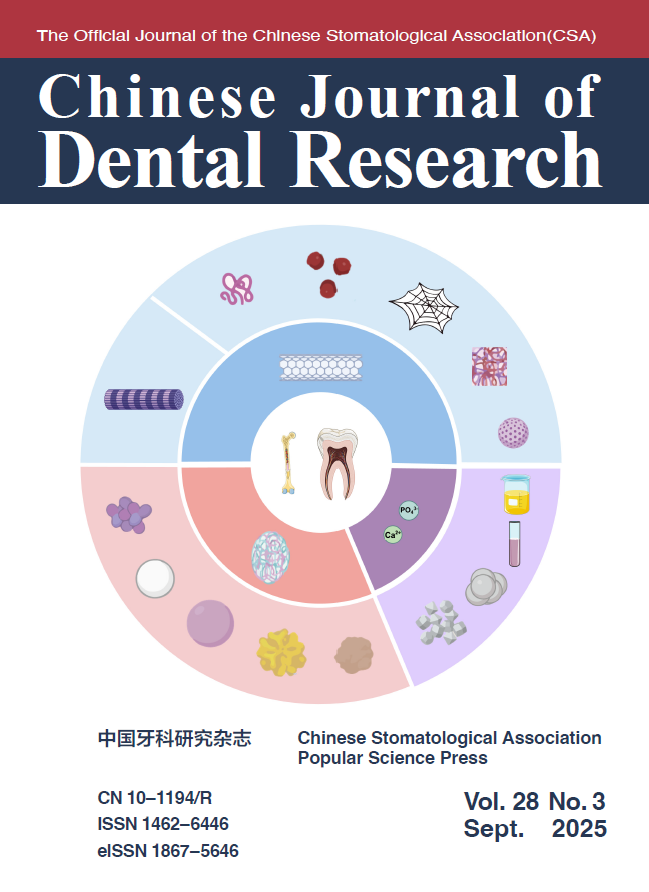|
Biomineralisation is a remarkable biological process in which living organisms exert precise control over the nucleation and growth of inorganic crystalline phases, resulting in the formation of hierarchically structured biocomposites that exhibit exceptional mechanical and functional properties. Since damage to bone and teeth directly affect everyday life, various biomimetic mineralised materials have been engineered for use in biomedical applications. While bioinspired materials typically demonstrate superior mechanical properties and biological functions, significant disparities remain between biomimetic constructs and their natural counterparts, especially concerning mechanical performance and multiscale structural organisation. This review initially describes the dynamic reciprocity between type I collagen fibrils, amorphous calcium phosphate phases and multifunctional non-collagenous protein within mineralisation microenvironments. Furthermore, it evaluates recent progress in advanced biomaterials based on biomimetic mineralisation strategies and seeks to spark innovative and promising solutions for investigators exploring biomineralisation principles in regenerative medicine and hard tissue reconstruction. Existing problems and future directions are discussed. |
- Chin J Dent Res
CN 10-1194/R . ISSN 1462-6446 . eISSN 1867-5646 . Quarterly 



